Effects of wildfires on abundance and distribution of montane birds in southeastern Arizona
Many species of montane forest birds in the southwestern U.S., especially those inhabiting pine-oak woodland and ponderosa pine (Pinus ponderosa) forest, evolved in areas that historically experienced recurrent, low- to moderate-severity surface fires. However, during the last century, grazing of surface fuels by introduced livestock and widespread fire suppression have greatly reduced the frequency of surface fires in these forest ecosystems. This change in fire frequency has altered the structure and composition of montane forest in the Southwest, including forests in the Sky Island mountain ranges of southeastern Arizona. In the Sky Islands, many forests that were formerly park-like (i.e., open canopy with grassy understory) now contain dense thickets of young trees and large quantities of downed branches. The increase in understory fuel loads has been responsible, in part, for a recent increase in the frequency of large, often severe, wildfires in the region. Many of these wildfires occurred during the mid-1990s as well as during several extreme fire seasons that occurred between 2002 and 2004. The recent wildfires in southeastern Arizona have provided us with a unique opportunity to look at the effects of a range of fire severities on forest bird species in the region. We took two approaches to examining these issues.
First, we surveyed breeding birds in burned and unburned forests in all of the higher-elevation Sky Island mountain ranges in southeastern Arizona from April to July 2000. Median time since the wildfires was 6 years (i.e., 1994). We examined how the distribution (i.e., presence-absence) of 65 bird species correlated with evidence of recent fires at >1,500 survey points. In addition, we examined how evidence of recent fires at survey points was associated with relative abundance for a subset of 16 species for which we detected sufficient variation in relative abundance. We detected associations between fire and bird presence-absence for 17% of the 65 species analyzed and between fire and bird relative abundance for 25% of the 16 species analyzed. Most species (73%) were positively associated with burned areas and displayed stronger associations with survey points that had evidence of severe as opposed to less severe fire. Positive associations with severe fire were strong for western wood-pewee (Contopus sordidulus) and house wren (Troglodytes aedon), and negative associations with severe fire were strong for warbling vireo (Vireo gilvus) and red-breasted nuthatch (Sitta canadensis). See Kirkpatrick, Conway, and Jones (2006) for complete results from this study.
Second, we examined the effect of more recent wildfires (1-2 years post-burn) on the forest bird community by replicating surveys on established bird survey routes (both burned and unburned) in 4 Sky Island Mountain ranges (Huachuca, Pinaleno, Rincon, and Santa Catalina Mountains) in southeastern Arizona. We compared post-burn data collected for all bird species on the survey routes in 2004 and 2005 with pre-burn data collected on the same survey routes in 2000. Immediately after fire (1-2 years post-burn), we found that most species responded negatively to recent wildfires and that most species responded more strongly (either positively or negatively) to severe as opposed to less-severe fire, especially in the first year post-burn. See Kirkpatrick, Conway, and LaRoche (2006) for complete results from this study. Results from these two fire studies provide managers with information that can be used to make and test predictions about the effects of future wild and prescribed fires (of varying severities) on montane forest birds in southeastern Arizona and elsewhere in the southwestern U.S.
This research was funded by the USDA/USDI Joint Fire Sciences Program (#03-3-3-26), the Arizona Game and Fish Department Heritage Fund (#I04011), and the U.S. Fish and Wildlife Service’s Neotropical Migratory Bird Conservation Act Grant Program (#AZ-N31). We thank the technicians who have made this project possible through their dedicated field work.
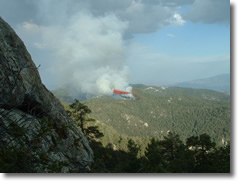
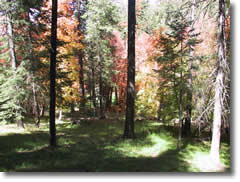
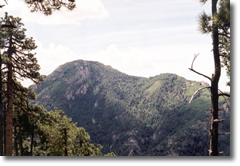
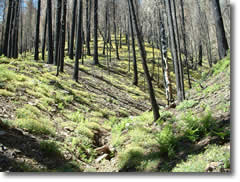
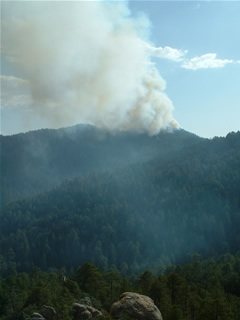

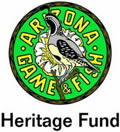
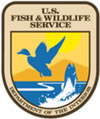
- LaRoche, D., C. Kirkpatrick, and C. J. Conway. 2005. "Proposed evaluation of methods for measuring burn severity in forests during avian surveys". 4th USGS Wildland Fire Sciences Workshop, Tucson, Arizona. Poster presentation.